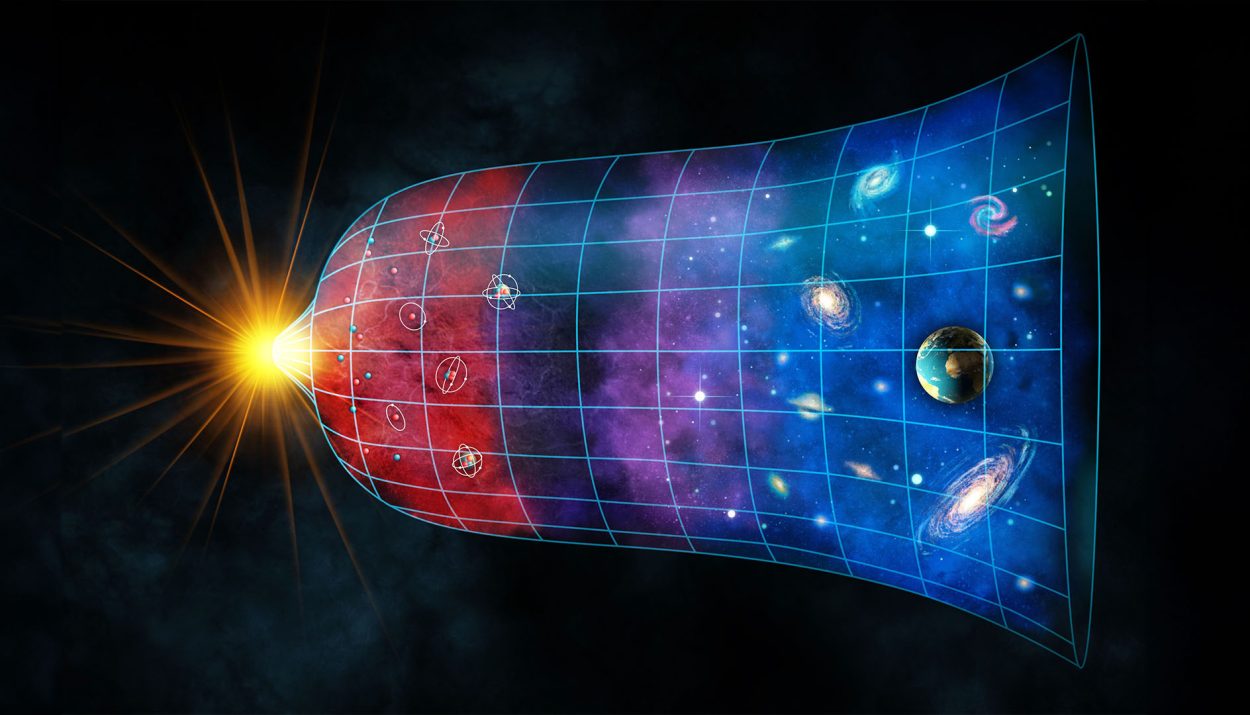Adam Riess reportedly believes that humans may have historically “misunderstood the universe.” The Nobel Prize-winning physicist published his thoughts and comments within a blog post published by NASA in which Riess discussed what is referred to as the “Hubble constant.”
The Hubble Constant Measures Expansion Rate Of The Universe
The Hubble constant is essentially what is used to measure the rate at which the universe is able to expand over time. In layman’s terms, it measures the speed at which the universe grows.

According to Riess’s blog post, what physicists and scientists may have thought about the universe and its overall expansion may have been inaccurate.
Instrument Variations Made Hubble Constant Measures Problematic
Multiple reports have confirmed that the Hubble constant has not just started becoming problematic in recent years. It apparently has been problematic for at least decades.
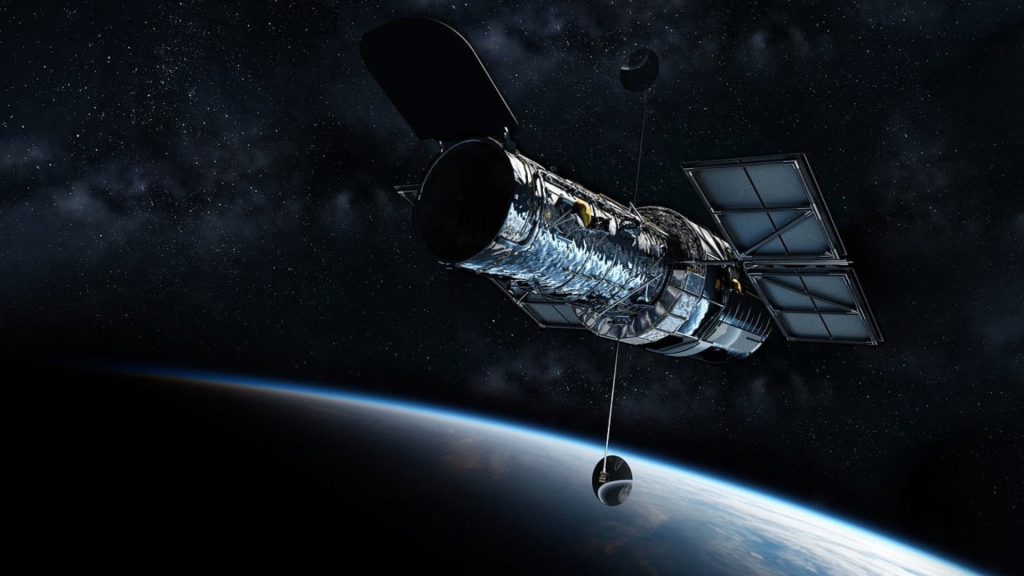
Different instruments have been used to measure the universe as it expands. The problem is that each instrument comes up with its own calculated value.
There Is Reportedly No ‘Constant’ In The ‘Hubble Constant’
Due to the variations of instruments used and their respective calculations, there has not been a constant in the measurement or expansion of the universe at all. That may seem like a bit of a paradox of sorts – especially when you consider the “constant” reference in the name itself.
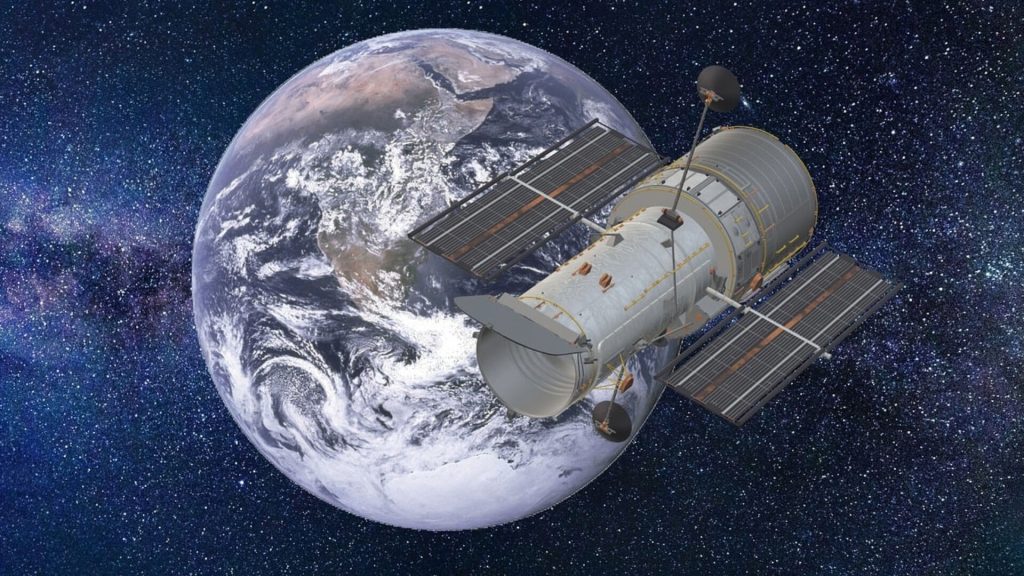
However, the occurrence has reportedly been coined the “Hubble tension” as a result.
When Was The Hubble Constant First Developed?
Astronomers George Lemaitre and Edwin Hubble are credited for their independent discoveries that the universe was able to expand over time. Since that historic moment, scientists and astronomists have tried to measure the expansion rate with as much accuracy as possible.

The expansion measurement was named after the two astronomers credited with the discovery. That was when the Hubble-Lemaitre Constant was first developed.
What Was The Initial Goal Of The Hubble-Lemaitre Constant?
The initial goal of the Hubble-Lemaitre Constant was to focus on determining the age, origin, and ultimate fate of the overall universe. The problem is that there has not yet been a tool designed that has been able to produce 100% accurate calculations.

For instance, ground-based telescopes have created huge uncertainties. This has led to age estimates that range between 10 and 20 billion years. The “Hubble tension” was created due to the disparity created between the varying measurements.
A Lot Of Hope Was Put Into The Hubble Space Telescope
Back in the early 1990s, there was a lot of hope and consideration put into the Hubble Space Telescope launch. The objective was to finally be able to resolve the “Hubble tension” by observing the deepest views of the universe up to that time.
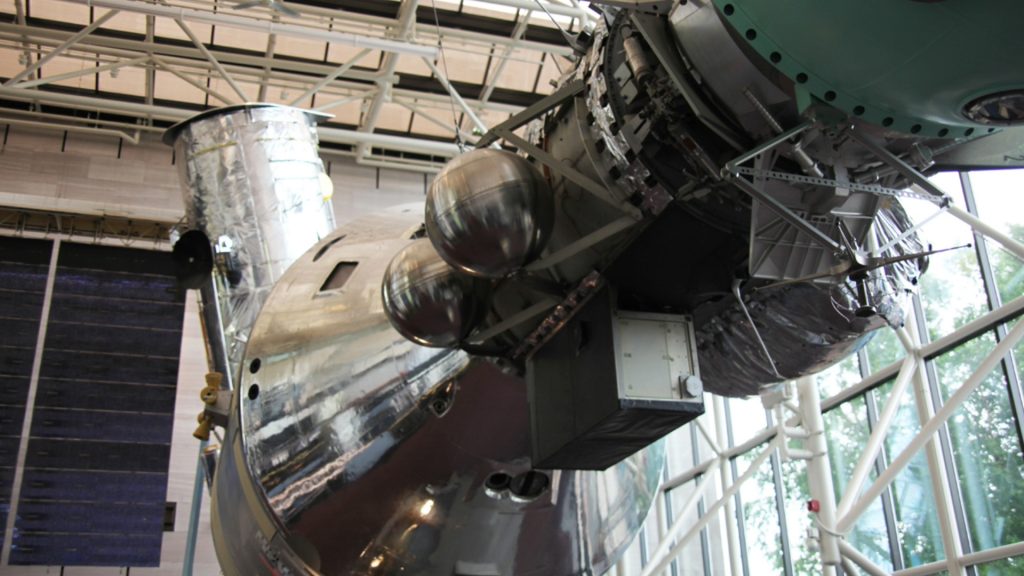
Over three decades have passed since the launch of the Hubble Telescope, but time has not helped very much. The doubts and uncertainty have reduced with time but have still not been eliminated.
Inability To Eliminate Uncertainty Caused Scientists To Doubt Hubble Telescope
After decades of not getting the desired results from the Hubble telescope, its overall accuracy and purpose has been doubted and questioned by quite a few scientists. That was when the James Webb Space Telescope (JWST) made an appearance.
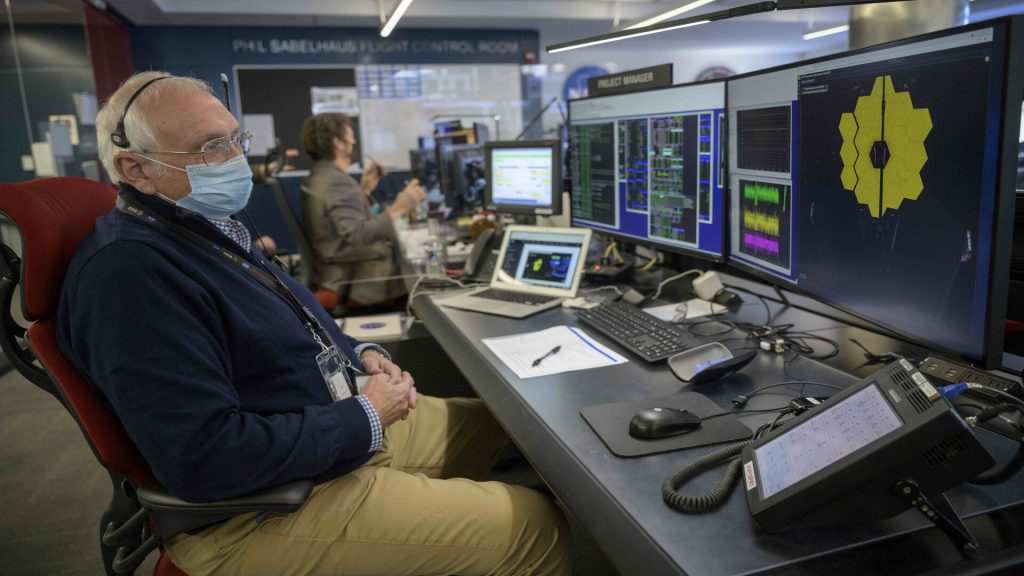
The James Webb Space Telescope was first launched on Christmas Day (December 25) 2021.
The Orbiting Path Separates The JWST From The Hubble Telescope
How exactly does the JWST differ from the Hubble Telescope? Scientists have proven that the biggest difference that separates one from the other is the orbiting path.
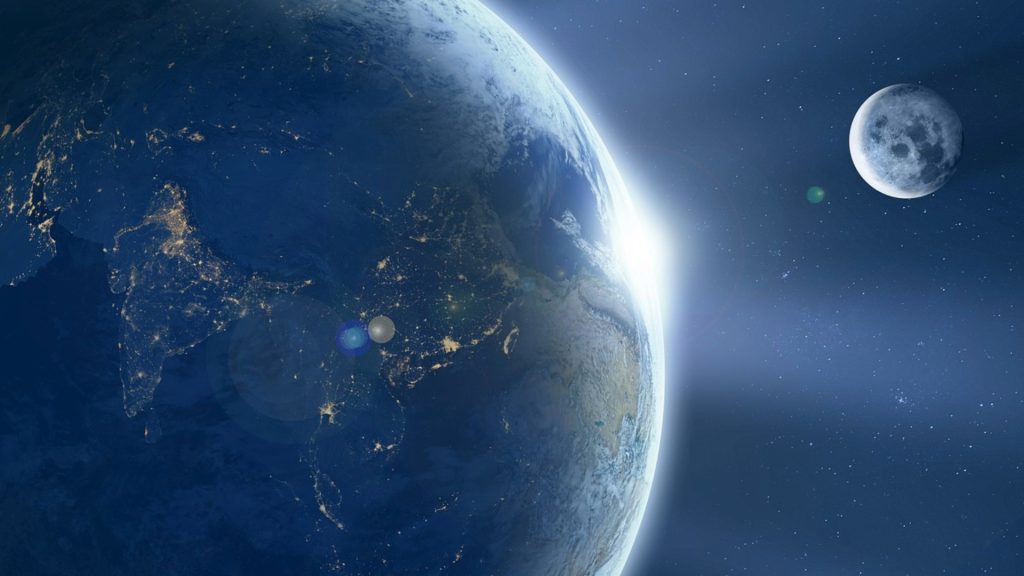
The James Webb Space Telescope does not orbit around the Earth like its predecessor, the Hubble Space Telescope, does. On the contrary, the JWST orbits the Sun about 1 million miles away from the Earth. Its orbit is placed within what is known as the second Lagrange point (also referred to as “L2.”) It first arrived at L2 on January 24, 2022.
Using Hubble, James Webb Telescopes Still Failed To Create Definitive Measurements
Using both of the telescopes still did not achieve the desired result of creating definitive measurements of expansion. This is a bit shocking to scientists and astronomists alike – especially considering the fact that they are two of the most powerful telescopes ever.
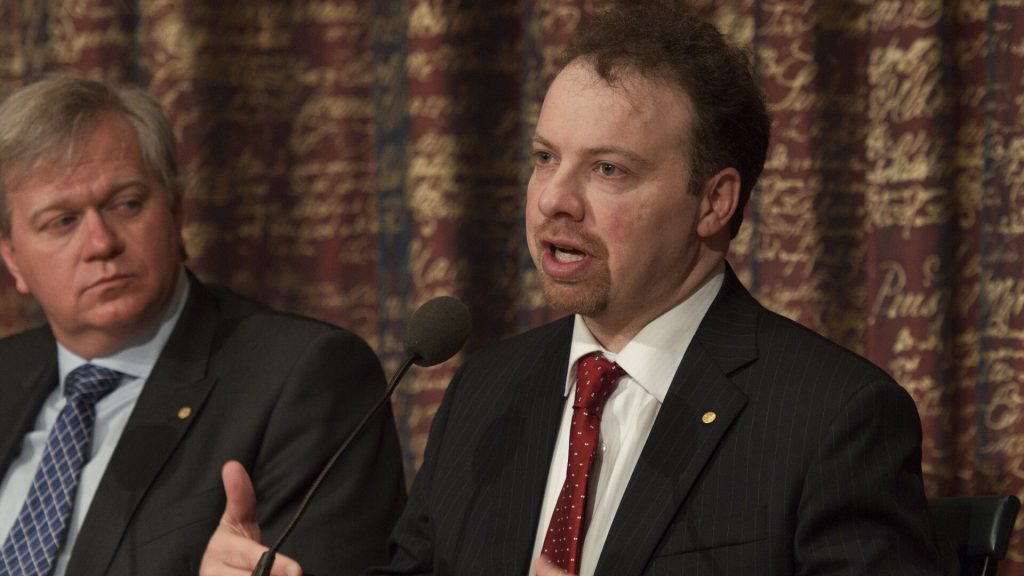
This is where the doubts and uncertainties of Adam Riess start to come to the surface.
Combining Hubble, Webb Telescopes ‘Gives Us The Best Of Both Worlds’
According to Adam Riess, it is very beneficial to analyze the measurements calculated by both telescopes: the Hubble Space Telescope and the James Webb Space Telescope. Riess believes that combining the two “gives us the best of both worlds.”

Riess further explained that the Hubble measurements “remain reliable as we climb farther across the cosmic distance ladder.”
Misunderstanding The Universe Is A ‘Real And Exciting Possibility’, Claims Riess
Adam Riess and NASA have worked together to reach the conclusion that measurement errors or tool variations are not to blame for the differing measures created by the Webb and Hubble telescopes.

Riess stated that even “with the measurement errors negated,” all that remains is the “real and exciting possibility” that “we have misunderstood the universe.”
The Webb Telescope Confirmed ‘Quick’ Universe Expansion
The Webb telescope was reportedly able to confirm that the universe is expanding very quickly. This does align with the results and calculations that were generated by the Hubble Space telescope as well.

However, the most shocking part to most scientists is the rate at which the universe is expanding.
Nobel Prize-Winning Astronomer Claims Quick Growth Is A ‘Crisis’
David Gross, a Nobel Prize-winning astronomer, raised concerns about the quick growth of the universe. As mentioned, this quick growth has been a shock and surprise for many physicists and scientists – including Gross.
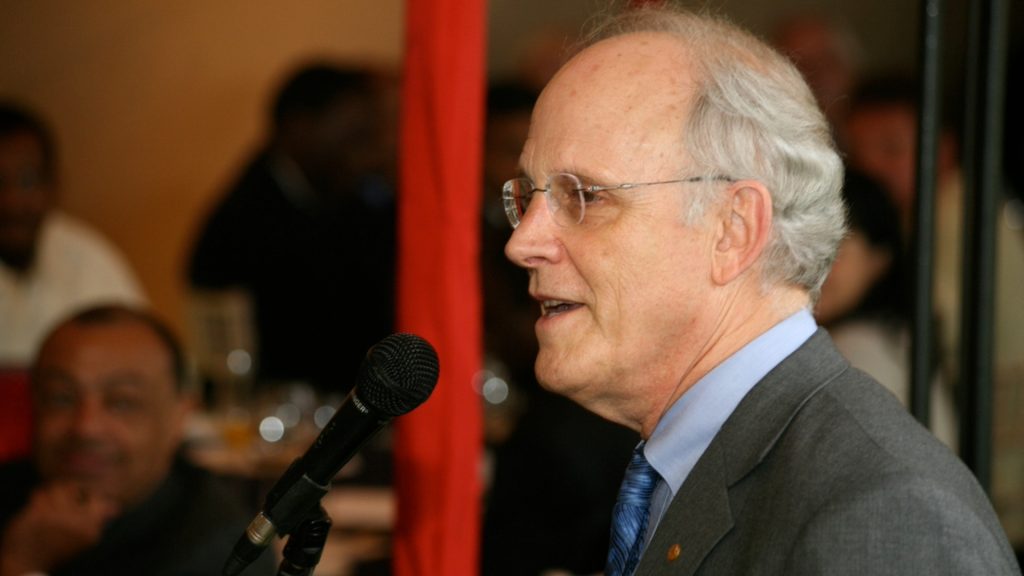
Gross claimed that he “wouldn’t call it a tension or a problem.” Gross added that he would refer to it more as “a crisis.”
Astronomer Confirms Universe Is Near New Milestone Of Cosmic Distance Ladder
Dr. Gagandeep Anand, a Space Telescope Science Institute astronomer, confirmed that the measurements have spanned “the full range where we made measurements with Hubble.” The new observations from the Webb telescope reportedly include five separate host galaxies that contain approximately 1,000 Cepheids and extend out to a distance of more than 130 million light years.

Anand further confirmed that “we’ve gone to the end of the second rung of the cosmic distance ladder.” The “ladder” was refined by taking the measurements of the important milepost markers referred to as Cepheid variable stars.

